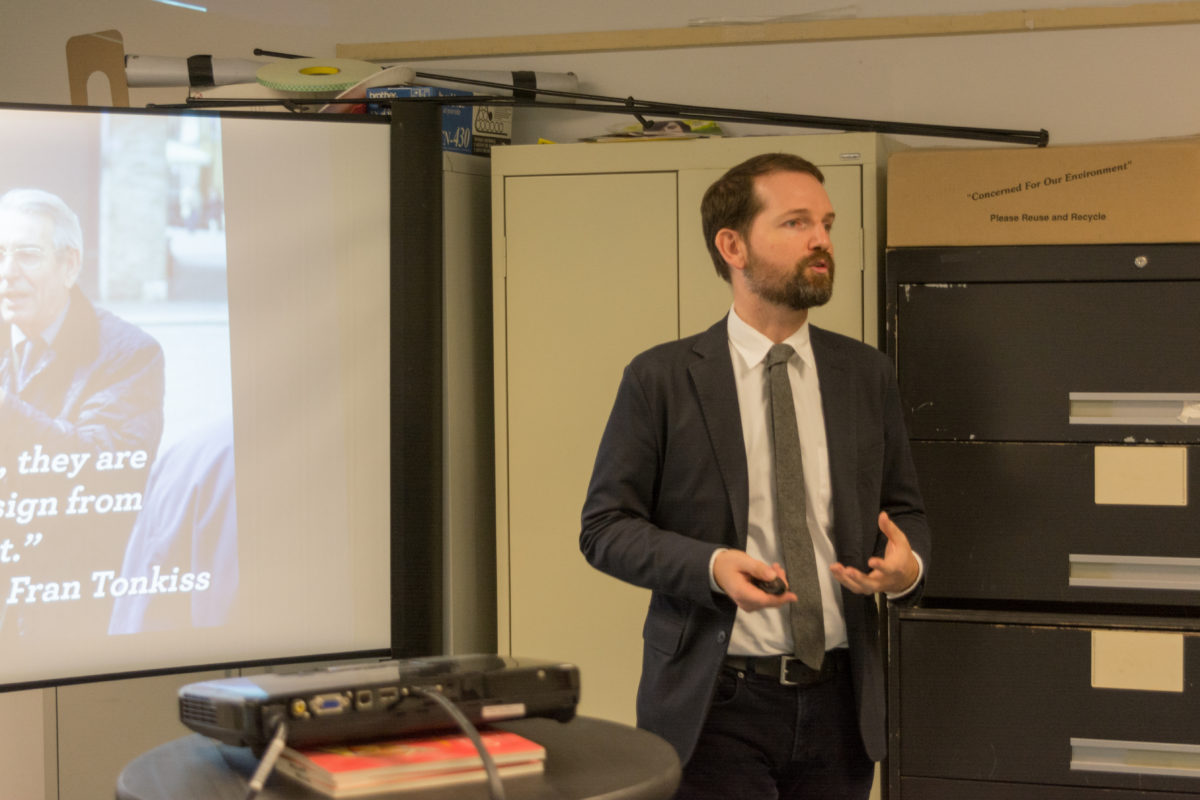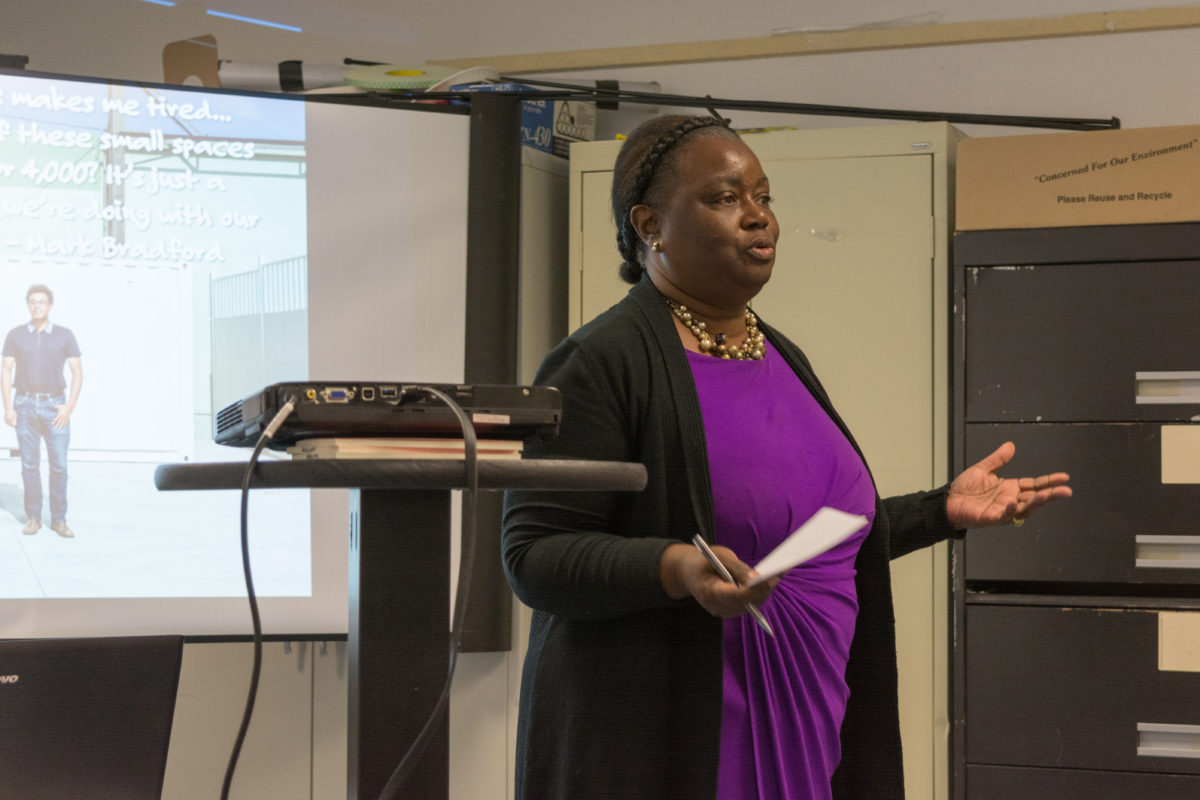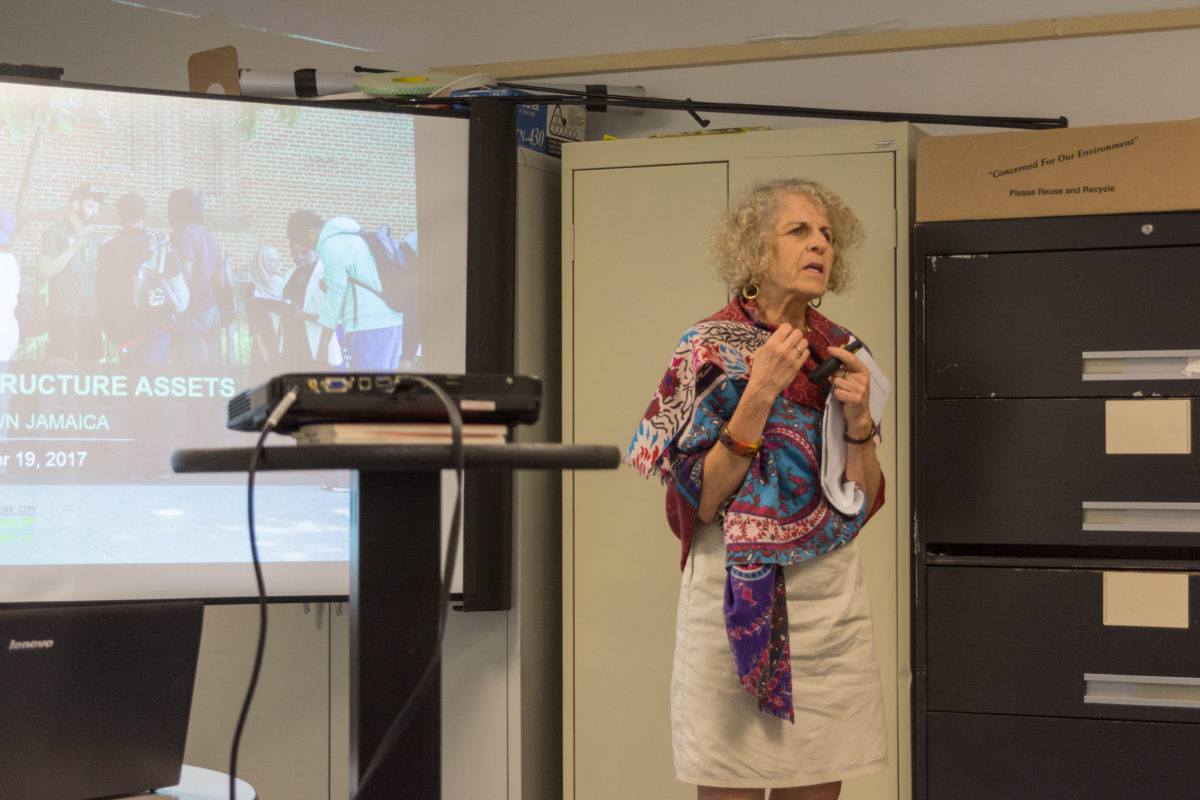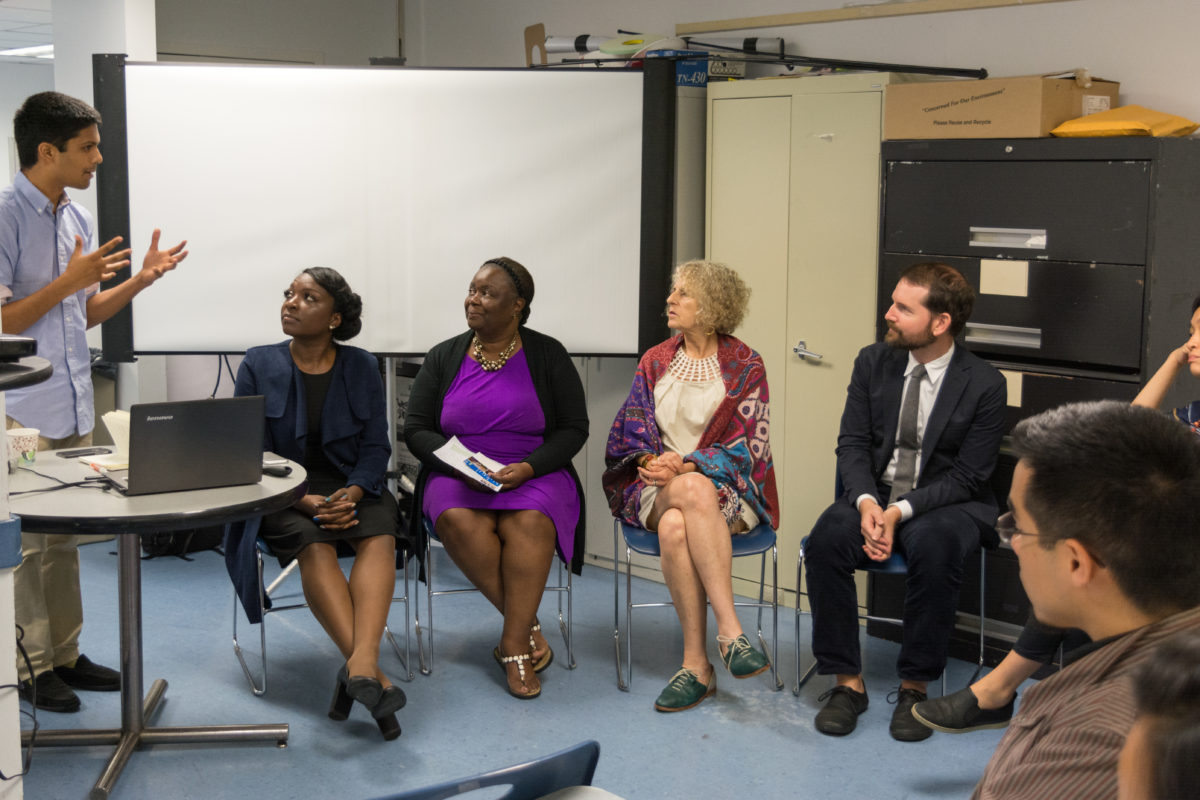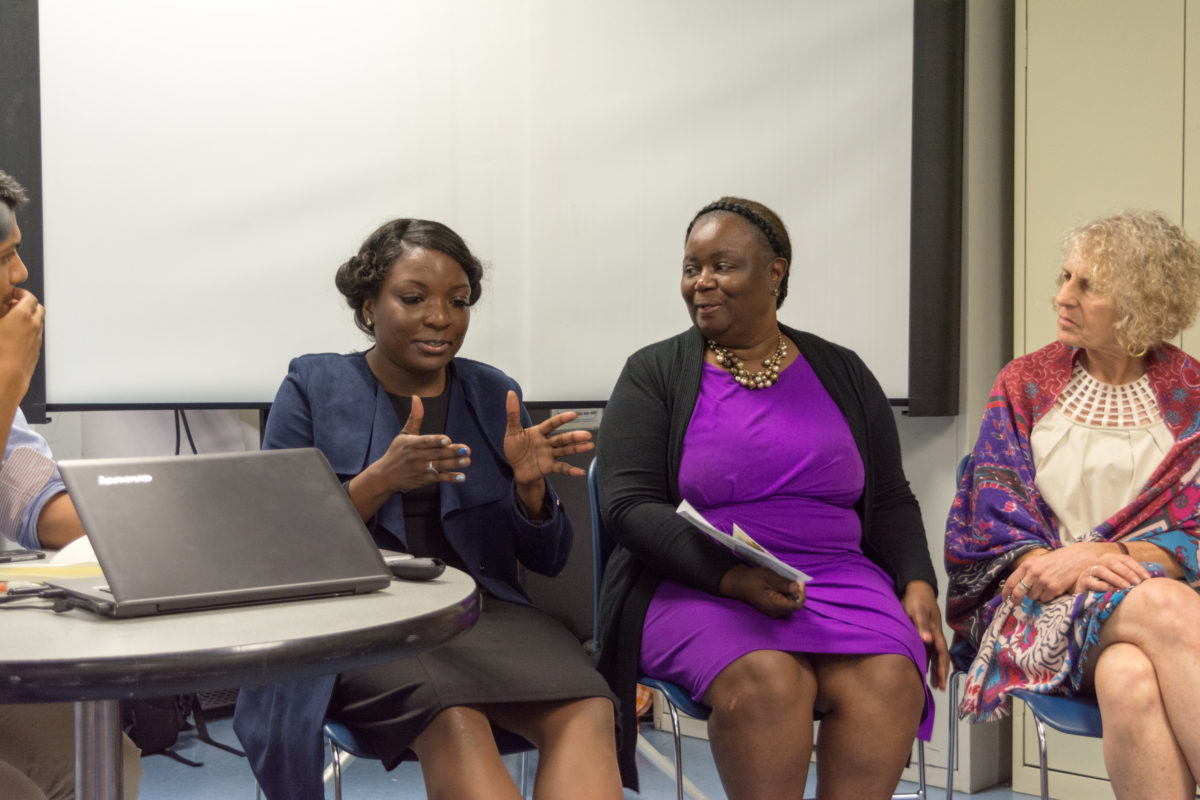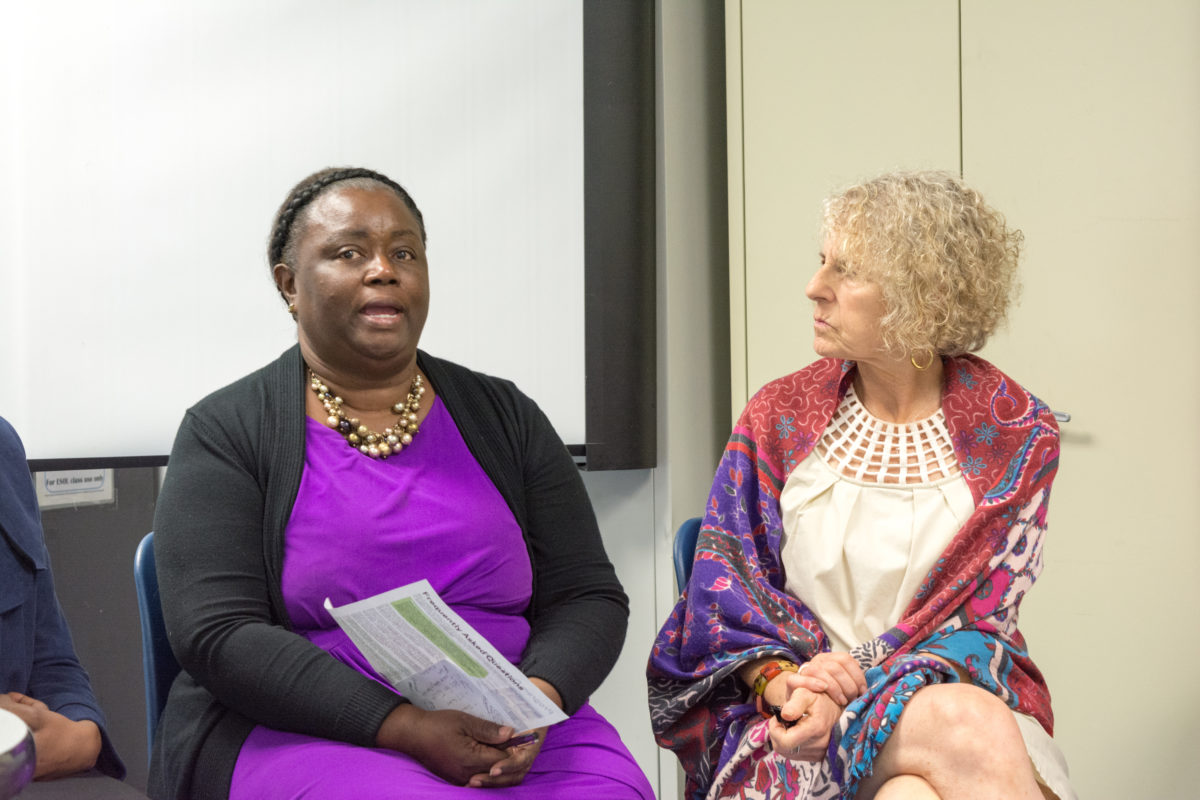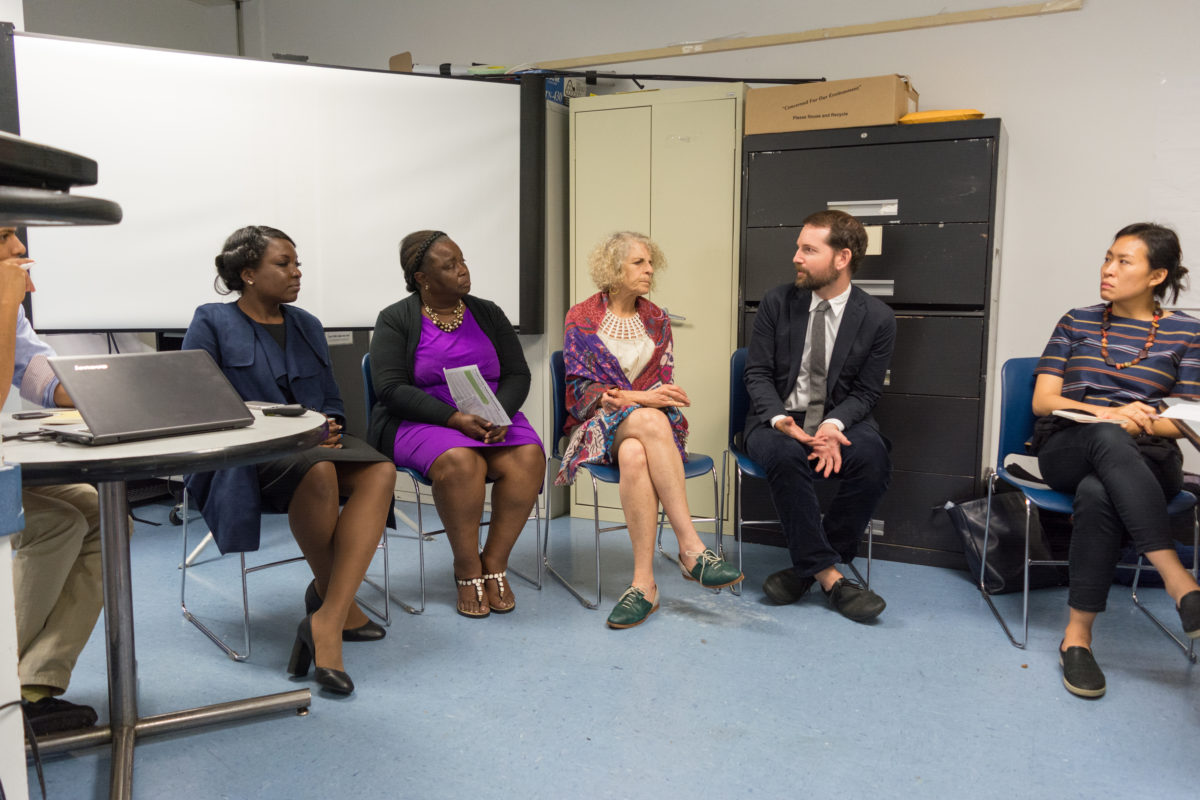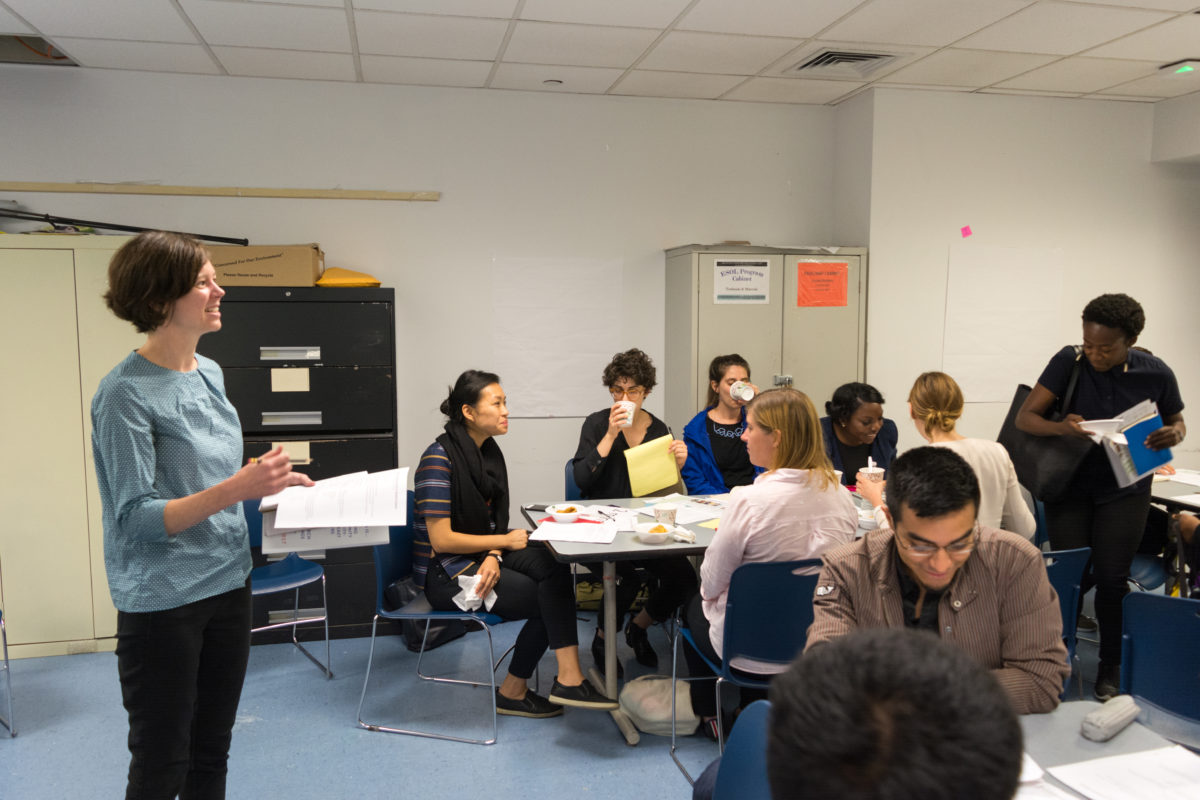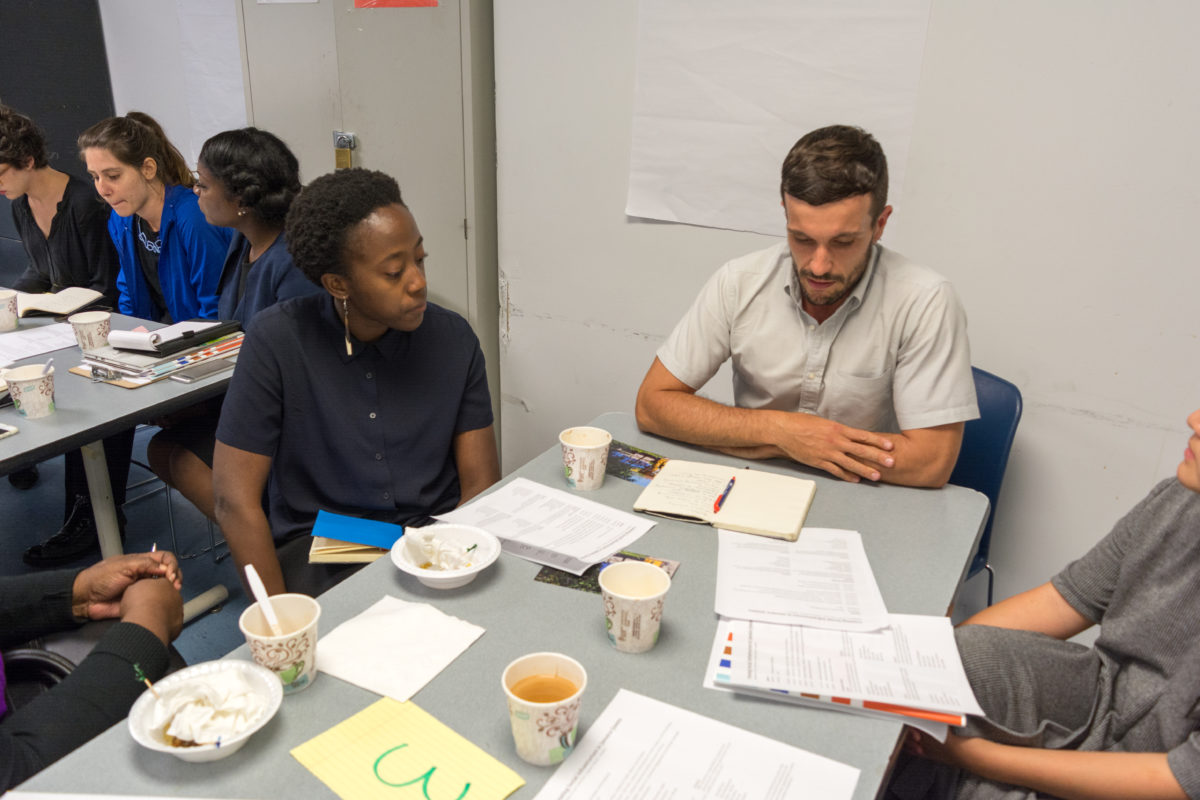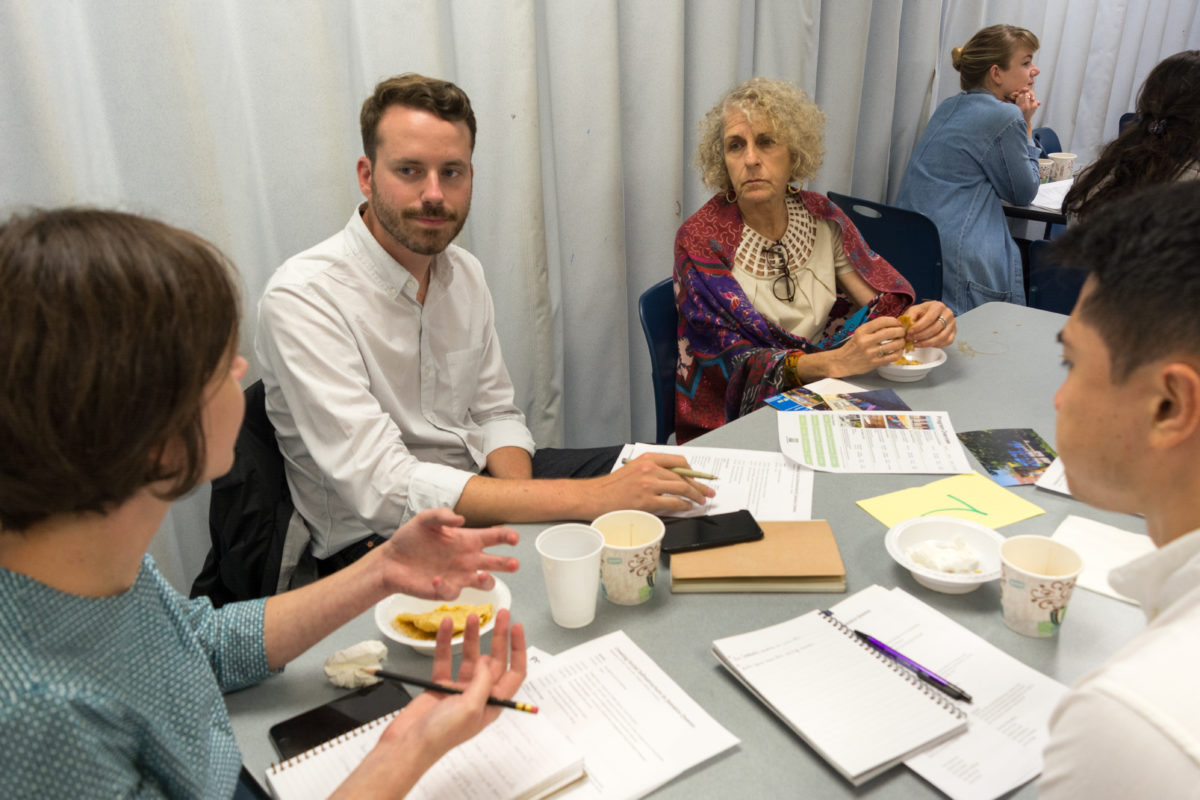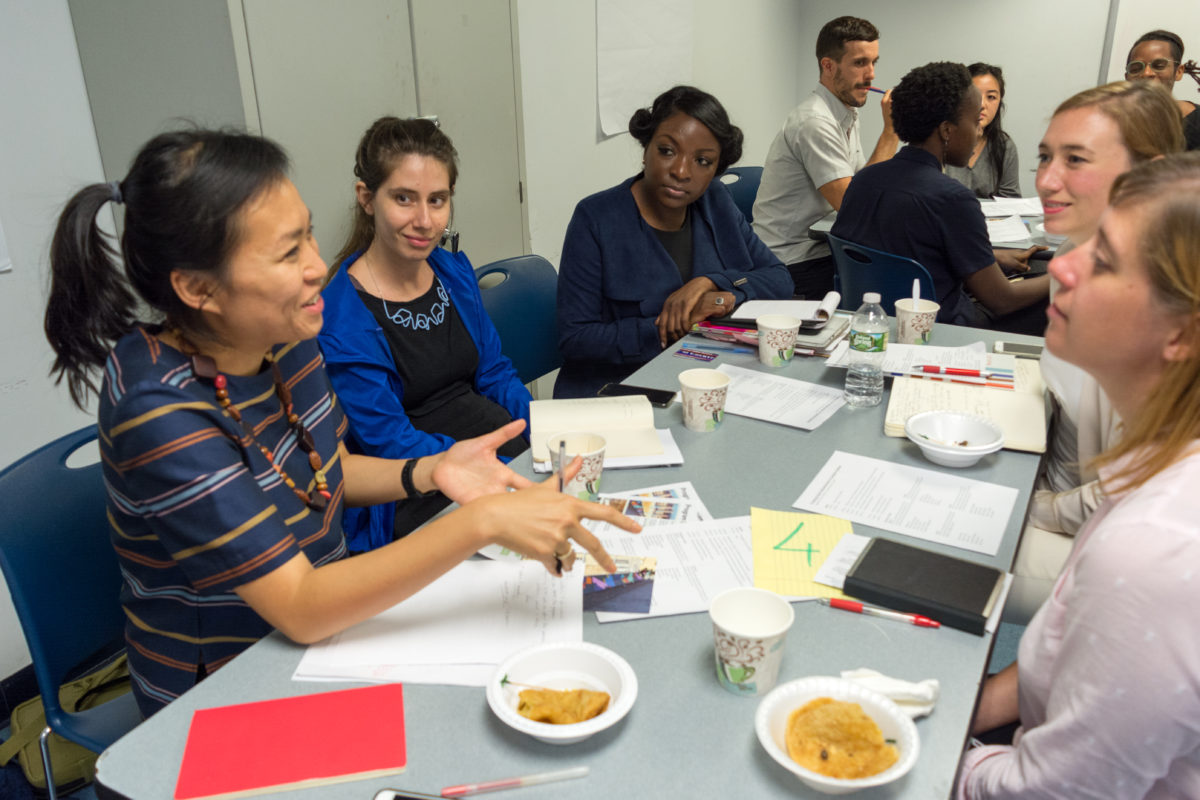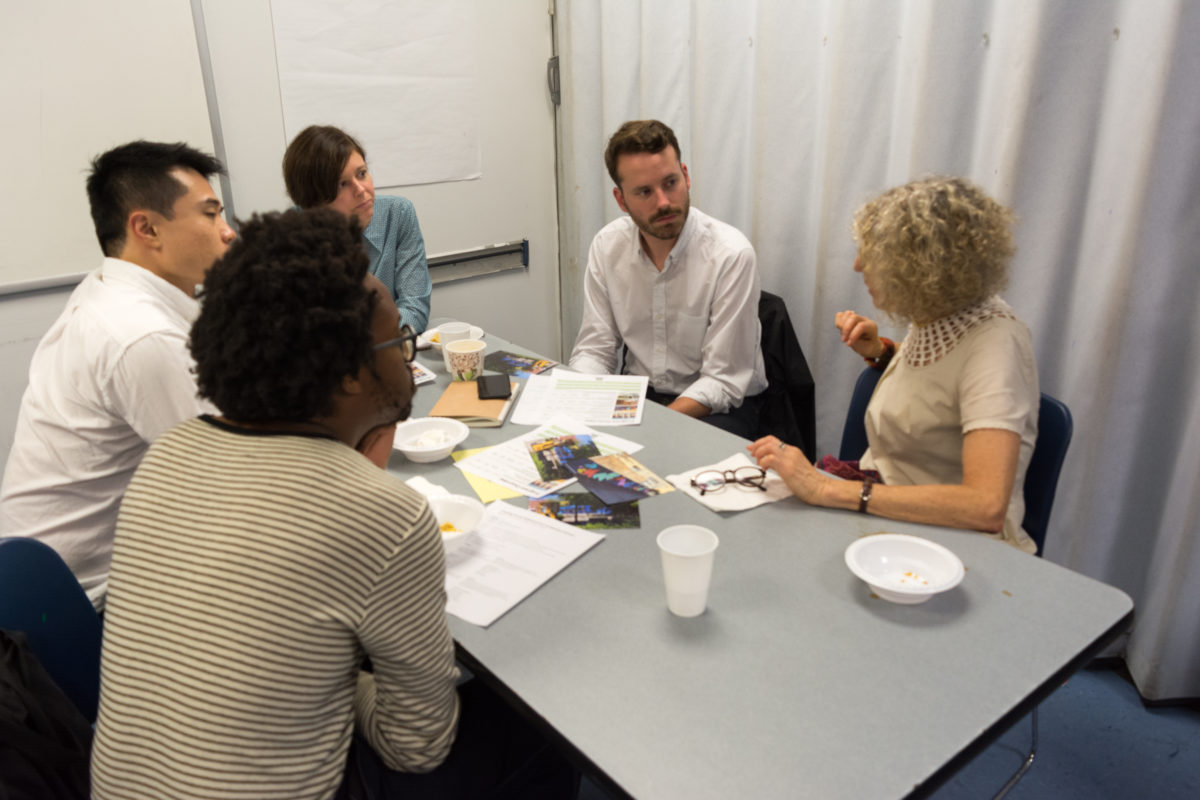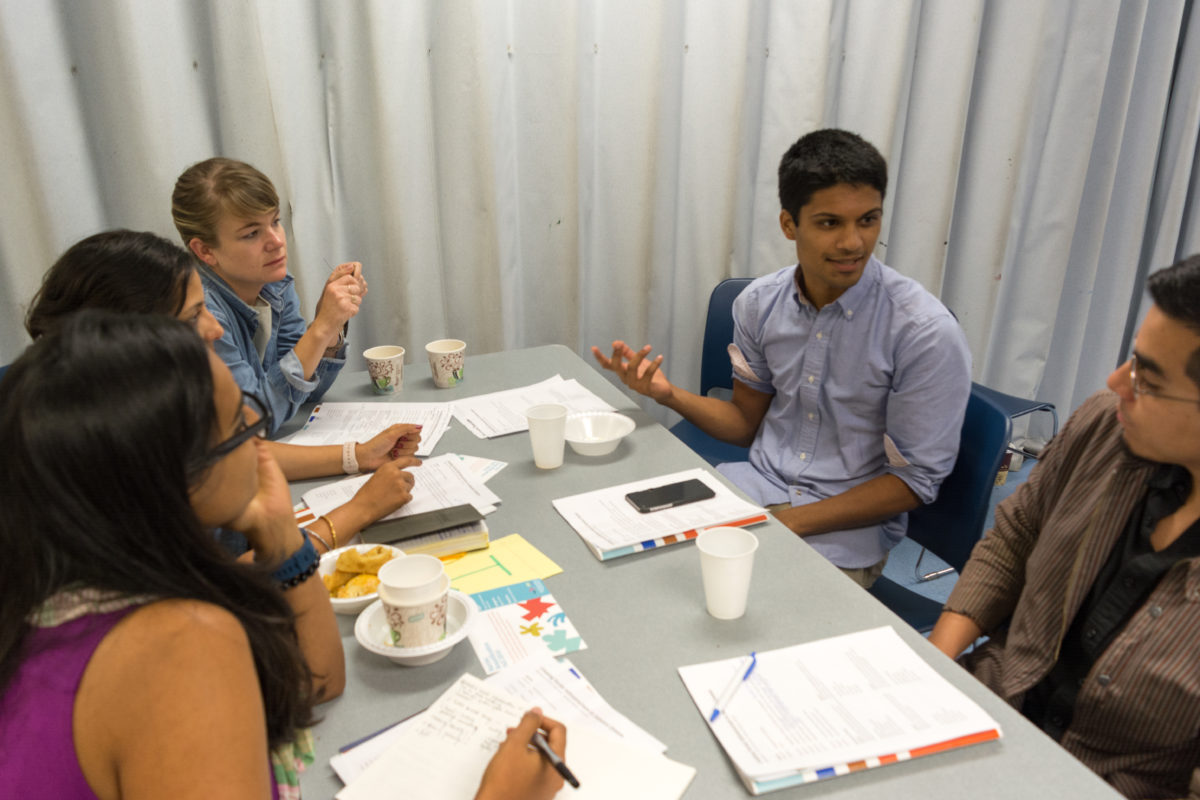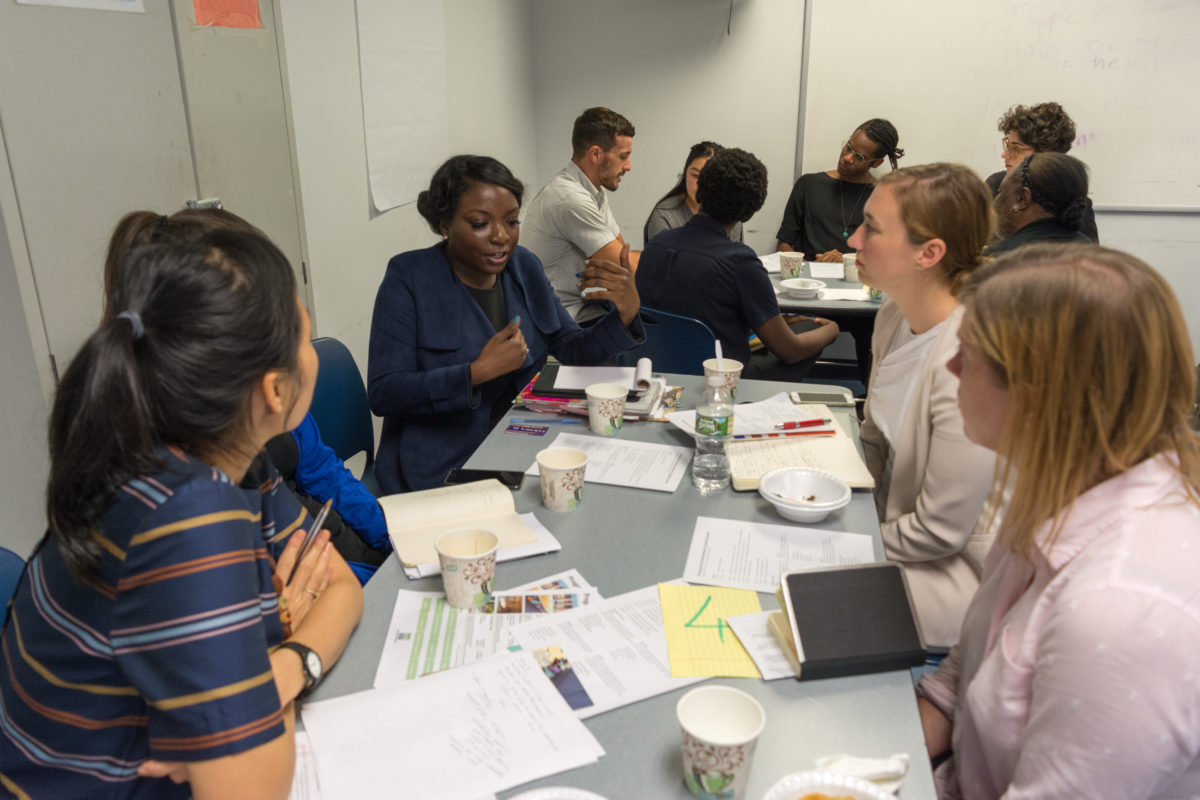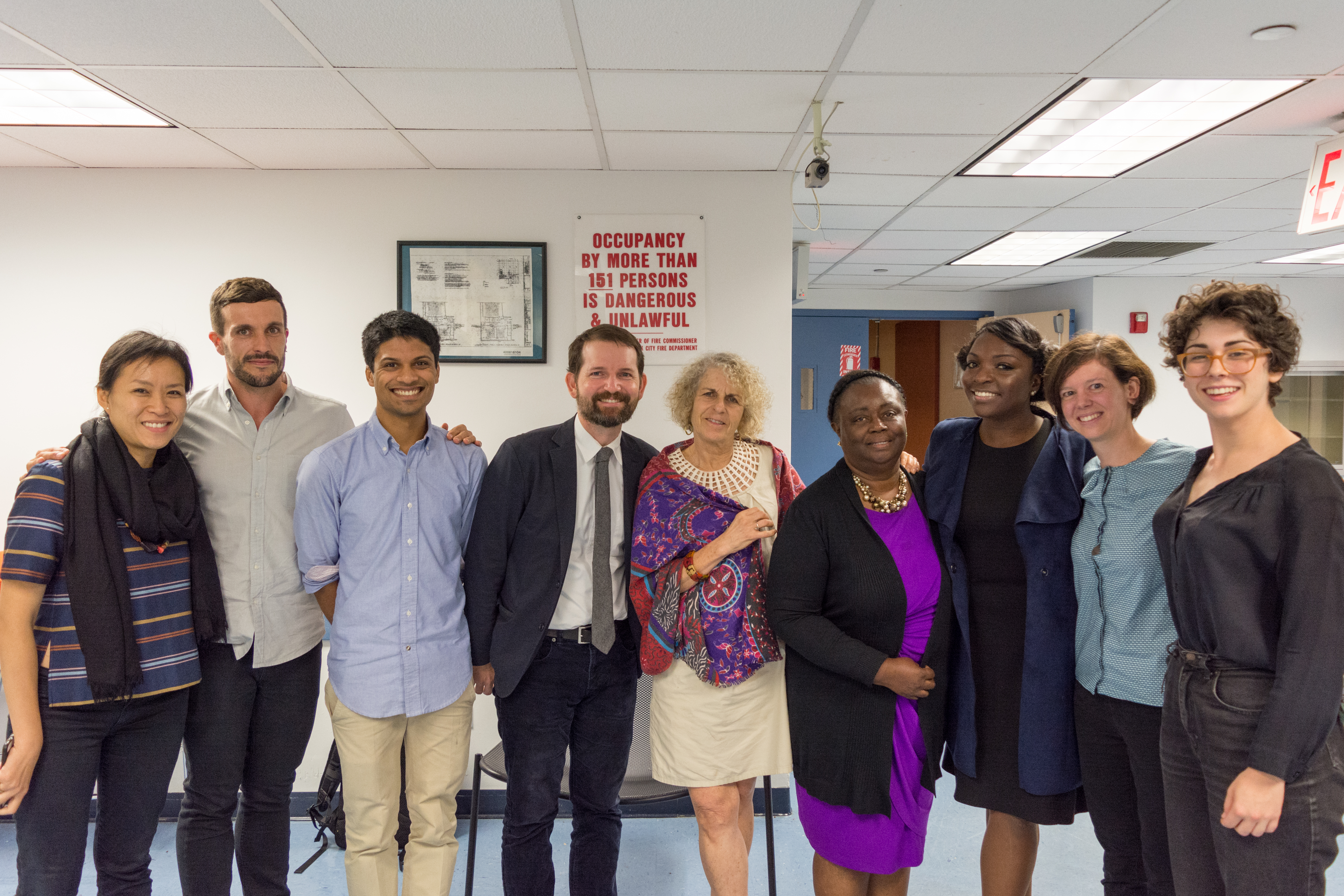

September 19th, 2017
6:00pm - 8:30pm
Queens Central Library
8911 Merrick Boulevard, Jamaica, NY, United States
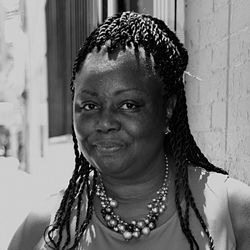
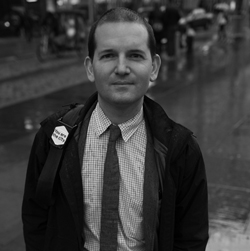
Philip Winn is a Vice President at Project for Public Spaces and core team member for the Southwest Airlines Heart of the Community program. He has helped develop, design, manage, and implement multiple “Lighter, Quicker, Cheaper” projects at PPS including Belle Isle Summer Saturdays (Detroit, MI), the Imagination Center (Providence, RI), The Spot 4MKE (Milwaukee, WI), and Parque Mexico (Mexico City, Mexico). As a core team member for Southwest Airlines Heart of the Community he contributes to all aspects of the program from managing individual projects to strategic planning, thought leadership, and volunteerism efforts.
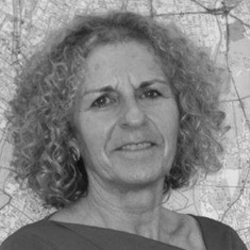
Wendy is the Assistant Commissioner for Urban Design & Art at the New York City Department of Transportation. The position was created with the goal of creating world class streets for New York City that are balanced to accommodate pedestrians and cyclists as well as vehicles and public spaces that are destinations in themselves. Wendy was part of the team that produced the DOT Street Design Manual in May 2009, a comprehensive guide that provides guidance for City agencies, design consultants, and community groups on street designs.

On September 19, our Social Infrastructure team organized an evening program exploring how social infrastructure can empower the immigrant communities in Jamaica, Queens at the Queens Central Library.
Juanli Carrión introduced the evening’s event by explaining the importance of investigating the opportunities and challenges facing Jamaica’s immigrant communities, which represent 60% of Jamaica’s population. Furthermore, there is great complexity and diversity within these immigrant groups, including many from South America and the Caribbean, in addition to a strong South-East Asian community. Therefore, the needs of the various communities can vary greatly, often competing with each other; making the challenge of developing inclusive social infrastructure in the neighborhood complex, but essential.
Next, Philip Winn, Vice President at Project for Public Spaces, examined what social infrastructure projects look like and how to approach these interventions in neighborhoods. Central to his presentation was the question, “What makes social infrastructure successful?” Rather than starting with an idea of a great design intervention, successful social infrastructure projects aim to gather people together that would otherwise not meet. Does the space allow for new friendships? partnerships? romance? Therefore, following this central idea, the path to pursuing social infrastructure projects cannot being from the project or idea, but must start with the people’s needs and then aim at creating a place to meet these needs.
Tyra Emerson, then discussed her work at Cultural Collaborative Jamaica, where she is the director. CCJ began as an initiative to financially sustain and promote Jamaica’s local artists. However, early on CCJ recognized that a key component of their work consisted in improving the cultural image and access to the neighborhood. By creating safe and vibrant public spaces, artists could then develop and thrive independently. These initial projects focused largely on programming parks in order to change the perception and knowledge of these spaces. With many programs, like Art in the Parks, the local community developed a sense of ownership over the spaces, including new knowledge about the park’s history and its role in the community. Now as the programs have gone from having a few hundred to tens of thousand participants, with many coming back to Jamaica from out of state, the local artists are taking a more active role in developing and leading these public art programs. Lastly, due to the growth of these programs, many immigrants and new arrivals view these programs as keys to ingratiating themselves to the neighborhood and community.
Brendez Wineglass, Project Director at Jamaica Is…, then spoke about how her work was born out of the Build Community Capacity initiative in the neighborhood. In order to grow and bolster Jamaica’s arts and culture, one of the City’s most diverse neighborhoods spanning 11 zip codes, they first set out to conduct extensive stakeholder meetings and focus groups. By meeting with various stakeholders, such as immigrants, business owners, the youth and elderly, and more, their team was able to understand the complexity of the neighborhood as they worked toward creating a holistic and unified approach for everybody’s needs. Some major takeaways from these meetings included the need to disseminate news in various languages and across both print and electronic mediums; the urgent need to make a one-stop-shop online web page for arts and culture information; the need for single site allowing local artists to connect and showcase their talent; and, the need for a cultural assets map to amplify the work of the cultural organizations in the area.
The last speaker was Wendy Feuer, Assistant Commission for Urban Design, Art & Way-finding at the NYC Department of Transportation, who focused on what the city can due to help strengthen Jamaica. Central to the city’s work is developing a tool-kit that is flexible with more open space and programmatic capability. By creating flexible spaces, the city offers a foundation for the community to layover these spaces with their own local cultural design to meet their constituents needs.
Next, Lakshman Kalasapudi led a moderated panel discussion to explore:
- How can we manage the tension between designing for the little moments versus designing a space as a destination?
- What would a successful social infrastructure project look like in Jamaica?
- What is the role of social infrastructure in the economic development of a neighborhood? Are they in tension with one another? Or do they feed into each other?
Lastly, Eliza Montgomery, Audrey Wachs and Mariane Jang gathered the Fellows and speakers into 4 small groups to discuss various key questions from the night:
- What is social infrastructure in the context of urban planning and placemaking?
- Can you build social infrastructure for just one immigrant group in the neighborhood? What scale do you plan for?
- Who should be responsible for creating social infrastructure? The community, government, non for profits, private sector?
- How can social infrastructure bring immigrant groups together?
- How can the social infrastructure needs of a community be evaluated and articulated? Should the community be the driving force? What role does the government have?
A big thank you again the Social Infrastructure team and speakers for their great work!
Event photos ↓
